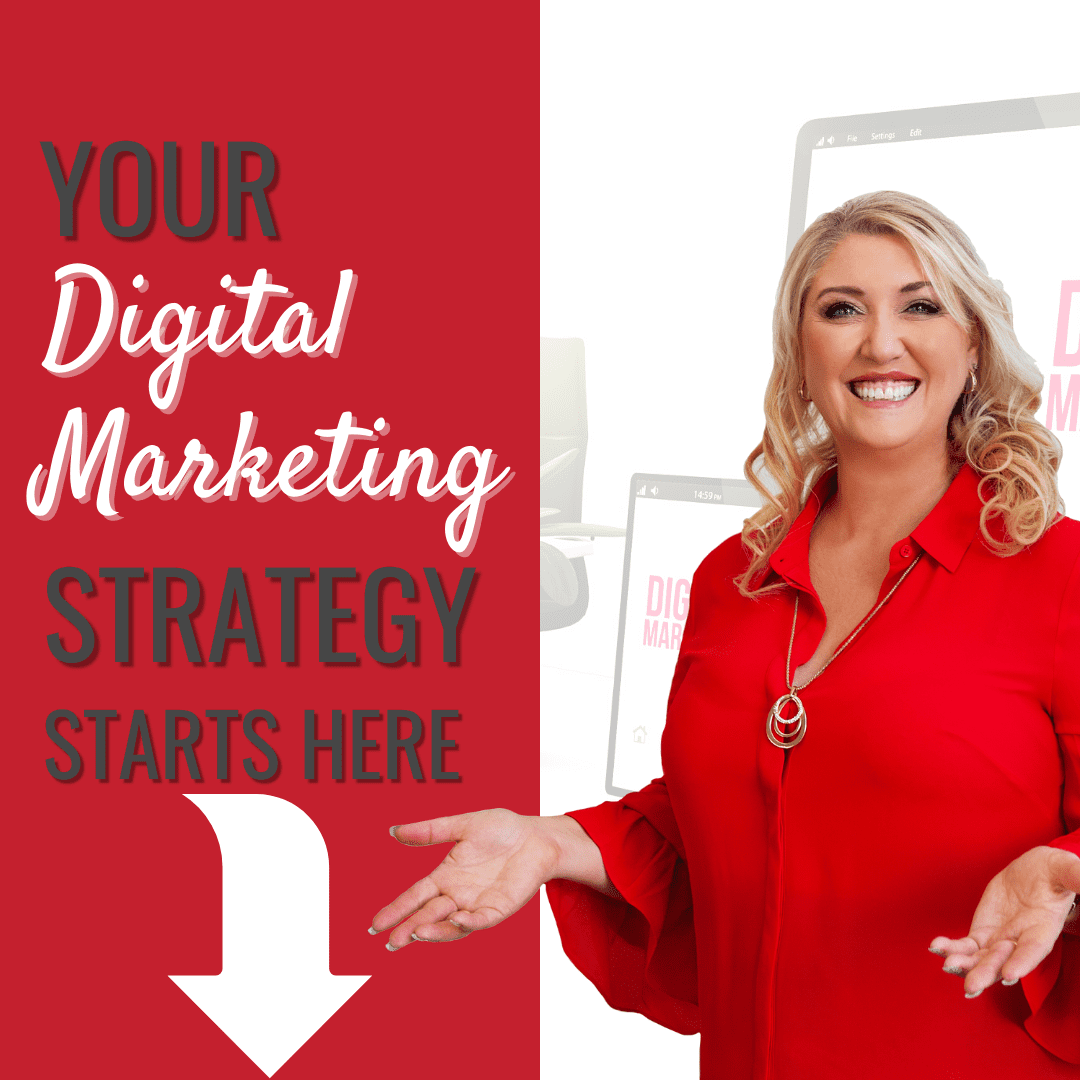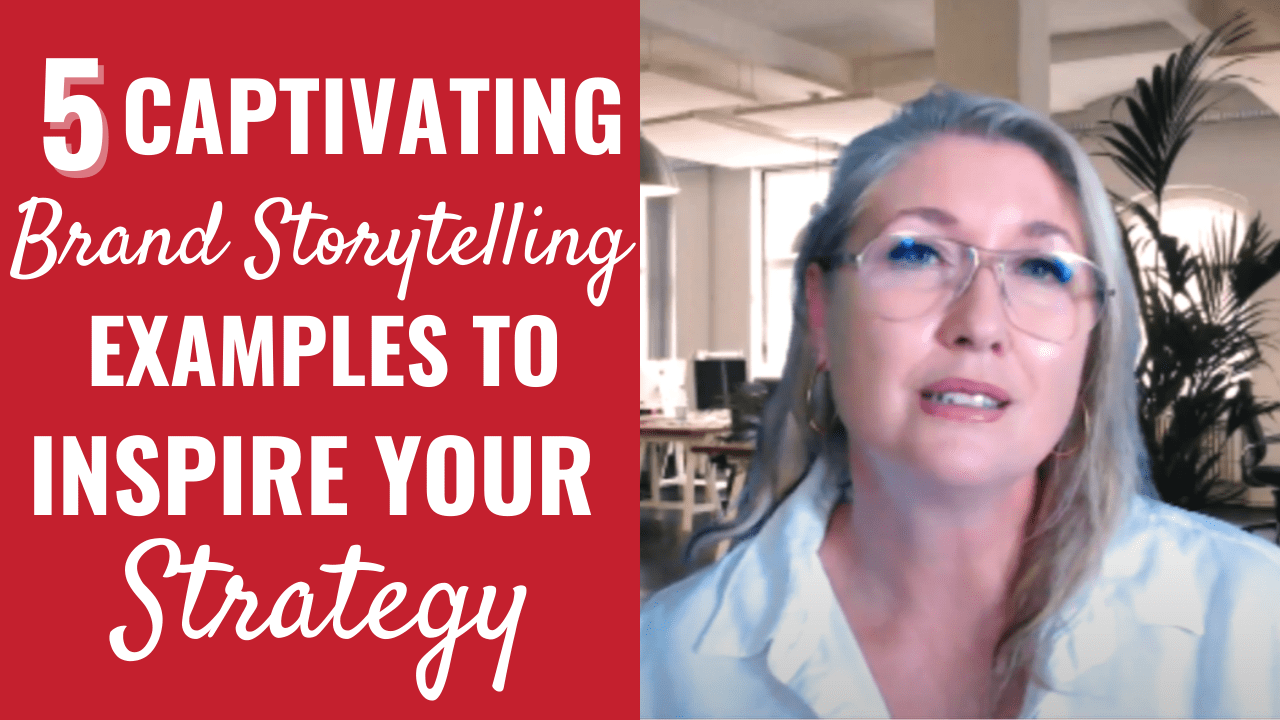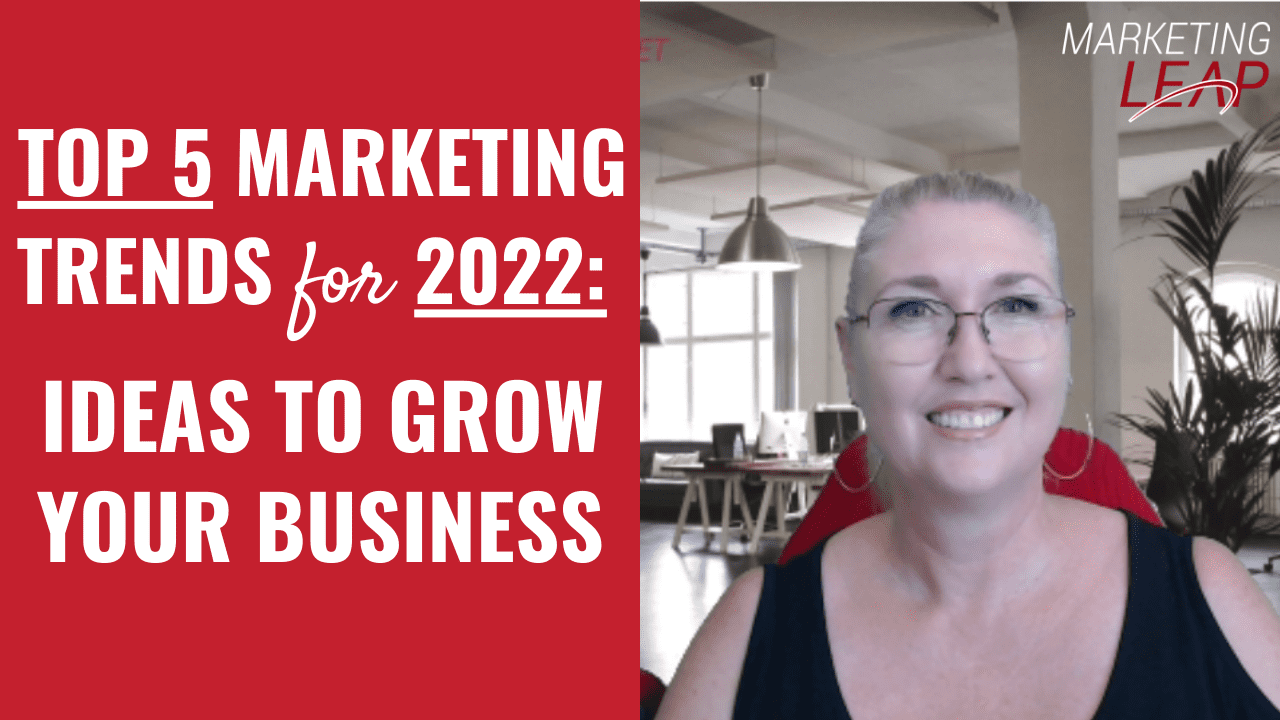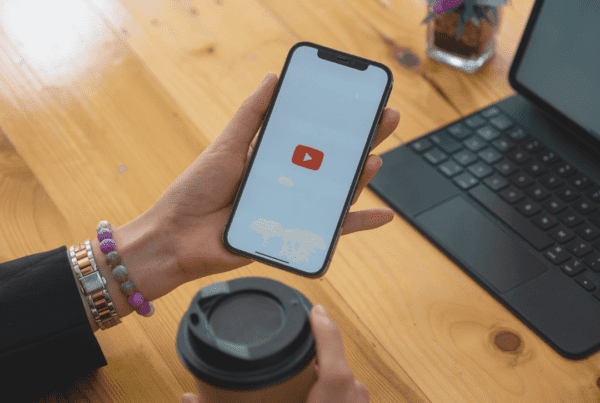Are you wondering how brand storytelling can help you with your marketing strategy?
Click here to Watch the Videos BelowWho doesn’t love to hear stories? One of the best ways to capture someone’s attention is by sharing stories. According to studies, stories capture a person’s attention. It boosts brain activity. When we read or hear plot elements, our neurones fire and not just in the brain’s area that controls the language centre.
What is Brand Storytelling?
 Before we dig into how can you create a compelling story for your business? Let’s discuss first what does brand storytelling means.
Before we dig into how can you create a compelling story for your business? Let’s discuss first what does brand storytelling means.
Brand Storytelling is using a story to connect your brand to customers, with an emphasis on connecting what you stand for to the values that your customers share. Also, since people remember stories 22x more than facts and figures, storytelling in your content is a great way to boost conversion rates and build a following.
Developing an emotional resonance with your audience is the key to telling powerful brand stories. By creating empathy, the most powerful brand stories capture an audience’s attention and compel them to act in a way that benefits both the brand and the consumer.
5 Tips in Brand Storytelling
 Most content creators have become adept to this approach of storytelling, as they are often used to creating content to work within a Social Media algorithm for more views or engagement. So, to help you flex your creative muscles and write appealing tales, we have prepared tips outlining the foundations of brand storytelling and providing examples of how to apply them to your business.
Most content creators have become adept to this approach of storytelling, as they are often used to creating content to work within a Social Media algorithm for more views or engagement. So, to help you flex your creative muscles and write appealing tales, we have prepared tips outlining the foundations of brand storytelling and providing examples of how to apply them to your business.
#1 YOUR Story
In writing a compelling story, make sure you can resonate with your audience. It’s the reason you need to share YOUR story. Share with your audience why you started your business. Doing this allows your audience to understand you on a deeper level. They will remember who you are, feel empathy and care about you.
One of the best examples of this is Warby Parker. In their “Our Story“ section, they share that one of the founders lost their glasses during a trip. Since glasses are expensive, he spends his semester in grad school without them. With this experience, he decided to start an eyewear business that would be affordable, aesthetically pleasing, and socially conscious.
Sharing his story allows them to show real-life problems like glasses are too expensive. They also share a solution with their products that eyewear can be affordable and functional at the same time.
Here at Marketing Leap, I didn’t want my digital marketing agency to be known just because we offer these services. As a Digital Success Coach, with my 25+ years of experience in the digital world. I thrive on being passionate about educating and helping others with any online marketing needs and being their springboard to success.
My Brand Story For Marketing Leap
In fact MY story is that I’ve been in business since I was 21. I’ve worked in a number of industries from beauty, fitness, import, retail and even pet products. And through these experiences, I discovered my passion for marketing. A BIG part of my “why” was having to close the doors on a business that I created and grew overseas, knowing that with 8 retail stores and a Distribution Centre – 27 people would no longer have a job and my babies (at the time) lives were about to be totally upended.
In the following year I had a number of those staff reaching out thanking me for teaching them skills they were able to take into different industries and companies and continue to support their families. THIS is a BIG part of my purpose to teach business owners so that they have the same attitude towards their marketing as they do when it comes to running their accounts. Their knowledge of how marketing works becomes transferable from business to business and a big part of their financial growth.
How about you? What’s your story?
#2 Tell Real People’s Stories
Another thing that you can share besides telling your story about why you started your business. If you have employees, tell their stories. Let your audience know who are the people behind your brand and how these people help you. Doing this allows them to relate more to your brand.
Also, you can tell your client’s stories. Don’t forget to ask for their consent before sharing this on your website or social media channels. Share their problems and how you help them solve them using your product or services. It helps your audience understand that you are an expert in this field and someone credible in providing solutions. You can read more about our clients’ stories here.
National Geographic employs vibrant, intriguing pictures to draw visitors’ attention to articles. They also give credit to their photographers and allow them to discuss the tales behind the photographs. Instead of focusing on promotion, this technique makes them more relevant and genuine.
If you want to know more about how can you craft stories that sell, and can help in building your brand, you read the full blog here.
#3 Show Social Responsibility: Your Vision & Mission
One of the most successful marketing trends in 2022 is social responsibility. I mentioned in my previous video that your brand must show social responsibility. Your vision and your mission must address critical issues in society as well.
Nike is one such example. Nike is now renowned as a superb storyteller. Every individual’s message is bold and powerful, and it supports Nike’s core principles. There’s also a scenario in which Nike showed not just one hero but a group of heroes (the minority community) achieving their athletic ambitions and the hurdles of racial diversity and prejudice.
Dove is another excellent example. Dove uses real-life stories to shine a light on some of the most pressing topics, such as women’s empowerment, body positivity, self-love, accepting diversity, and building confidence through their “Real stories & Real Beauty campaign”.
#4 Use Data to Tell Stories
Every company strives to make sound judgments. And smart judgments depend on accurate information. But how you transmit that knowledge is important. Therefore, it is critical to interpret and translate data into valuable insights. However, if you don’t relate that knowledge to your audience, it will encourage them to act on it. It is when data storytelling comes into play.
The goal of data stories is to explain how and why data changes over time through visual representations. It isn’t just about making beautiful charts and data presentations. It’s also about sharing insights that deliver valuable information to your audience.
So, how can you use data to tell stories?
- Identify first how you want to convey your story through questions.
- Know what your target audience needs.
- Use visuals like graphs, charts, or roadmaps to provide clarity with your message.
Data-driven storytelling is an effective tool for leaders of all levels to explain complicated concepts, gain sales and guide smarter decision-making. You can develop engaging data stories that drive change by integrating best practices in visualisation, data analysis, and storytelling.
Data is important. So make sure your stories are also based on research.
#5 Use Humour to Promote Your Products & Services
To provide a marketing edge, humour taps into various facets of human behaviour. Foremost, it is noticeable. People are more likely to remember it. According to studies, humour improves recollection.
Although humour is subjective, it’s a bit of a gamble if not used properly. Here are a few tips you can follow if you want to include this with your marketing:
- Consider the impression you want your audience to have of your company.
- Timing is everything. Think about how it could be related to current events.
- Try it out first before committing to this strategy.
When utilised correctly, comedy can be a powerful tool for connecting with clients. Begin with these suggestions to see how you might utilise them to get your small company recognised. One company that has done this well is IKEA Singapore. They have used humor and hilarious puns in their storytelling videos to illustrate practical storage and furniture solutions.
Conclusion
A good story has to be centred on real people and use authentic emotions. That’s what people are after. They are looking for something that they can relate to – to connect to. You must align your brand motto with the story’s moral whether it is via video, blog or social media posts.
So how will you create your brand story to capture the attention of your target audience? Think of at least ONE example of captivating storytelling that you can use in each of these five examples to inspire your ideal audience that can be added to your strategy.
Don’t forget to Check out our library of FREE Resources & Downloads to help you grow your business and develop your business story! Whether you have any questions or simply want to chat, reach out! We offer a full range of done for you realistic, practical marketing solutions for your business that deliver results and hit the spot with your customers. You can check out what we do here.
Prefer structured mentoring? I also offer a 12 week 1to1 mentoring program designed to Give You Clarity, Generate leads & STOP DROWNING IN THE OVERWHELM!
There are also 2 hours Strategy Sessions available. If it’s time to get a Clear Action Plan, Digital Strategy Map & Checklists, you can check out the details here!
Regardless of what you need when it comes to online marketing, take the Leap … we are your springboard to success!
FAQs To Know About Brand Storytelling
- YOUR Story
- Tell Real People’s Stories
- Show Social Responsibility: Your Vision & Mission
- Use Data to Tell Stories
- Use Humor to Promote Your Products & Services
- Identify first how you want to convey your story through questions.
- Know what your target audience needs.
- Use visuals like graphs, charts, or roadmaps to provide clarity with your message.
- Consider the impression you want your audience to have of your company.
- Timing is everything. Think about how it could be related to current events.
- Try it out first before committing to this strategy.


























